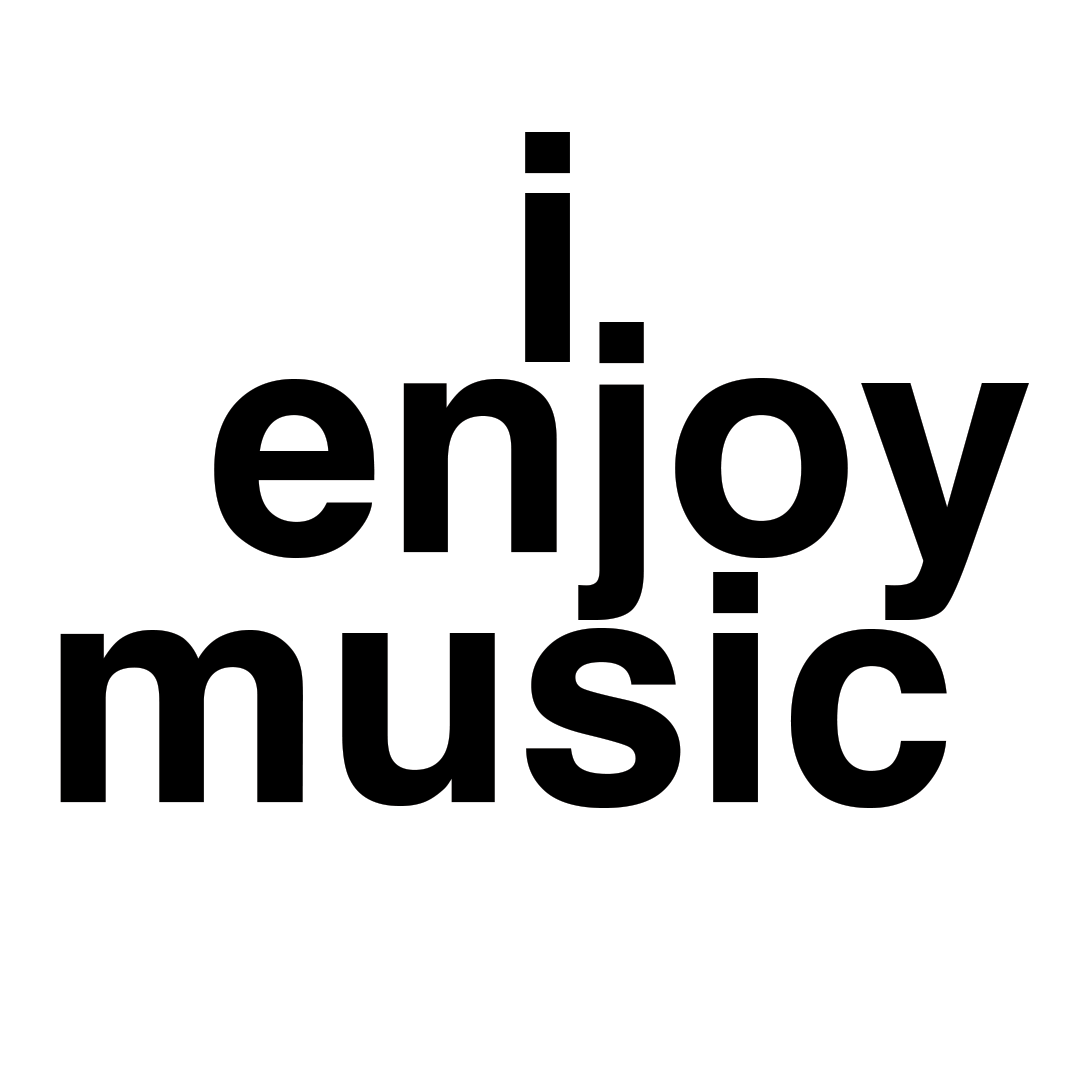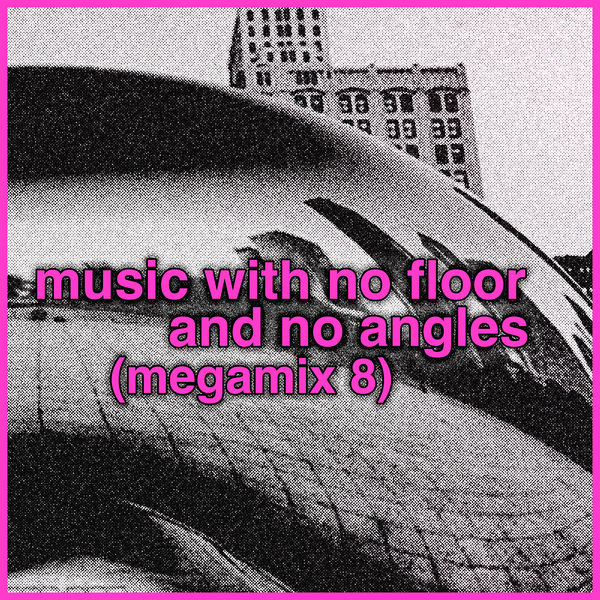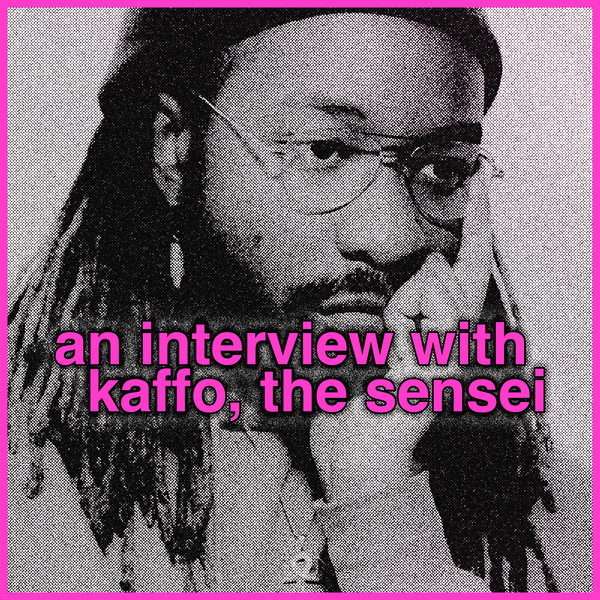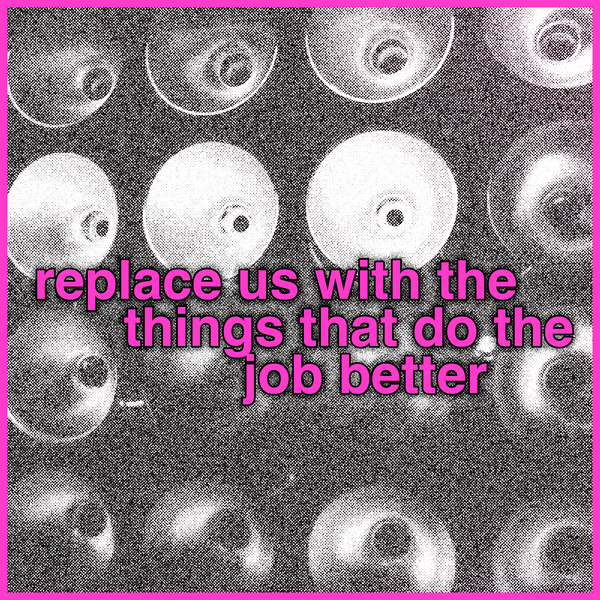i went to a music NFT party (reprint)

I originally published this piece about going to a music NFT party at the Brooklyn Mirage on my Tumblr in June of last year. Clearly I was hankering to blog about music back then. I am republishing the piece on I Enjoy Music today after getting an email from Emanate, one of the web3 companies that participated in the NFT party, announcing they are closing up shop and taking their offerings offline. I can't say I am surprised by this announcement, because as you'll read in the piece, I was very confused by what "web3 music" was supposed to be and how it was supposed to work.
A snippet of the press release for the party, referencing Emanate aka emanate.live:
OWN THE MUSIC at the Brooklyn Mirage, one of New York City’s most sought after nightlife venues, will cater to musicians, producers, collectors, fans, tech-forward record labels and artists from across the globe. Collectible digital music will be released on the event day, made streamable on emanate.live and tradable via the event sponsor Orb marketplace, while Volta.xr control the visuals on the 85m wide LED screen.
MODA will launch their Music3 framework on the night, with collectible Audio Genesis releases premiered by the headline artists; the first time that iconic new and back-catalog electronic releases have been made available, from artists of this caliber, in this new collectible industry-ready digital format.
A lot has happened since the party, including a reputational meltdown for the Brooklyn Mirage after several deaths occurred in its vicinity; subsequent reporting has revealed everything from State Liquor Authority and security contractor mayhem to the obfuscation of at least one tragic overdose death. Meanwhile, I cannot say that music NFTs have taken over the music industry, though the music industry is certainly an industry in need of some kind of disruption that puts more money into the hands of musicians themselves. Will crypto help? I don't know, man. As Emanate sunsets, one of its founders has already started promoting something called DROP Audio, an EDM-focused company that promises to "[turn] every release into a direct connection between artists, labels, creators, fans and DJ."
I poked around the DROP site a little and they seem to be selling bundled digital music content — songs, stems, exclusive artwork. You can pay with crypto, or with a regular ol' wallet. I'll Watch That Space for sure.
Anyway, read on to enjoy a story of one baked chick navigating the intersection of music and technology.
My weed gummy was kicking in as I got off the B57 bus in a lonesome area of Bushwick. I was on my way to the Brooklyn Mirage, a gigantic roofless club that can put on regular high-volume, light-spattered concerts until the wee-est hours of the morning due to the fact that it is near no residential buildings. Its neighbors are warehouses with business names like Best Choice Trading Corporation. I was going to see a slate of DJs perform as part of a large party thrown by several music web3 companies. These companies promised in their promotional verbiage nothing less than the future of music. I love music (it is my favorite thing) and so I thought it would be good for me to experience this future firsthand.
The party was officially called “MODA presents Music3 Live Launch NYC,” and it was an unofficial event for the conference called NFT NYC, which concerns the present and future of the collectible and tradeable pieces of digital data known as non-fungible tokens. The titular MODA is a DAO—a decentralized autonomous organization, which is a structure that I and maybe also you have been hearing more and more about through the advent of what is called Web3. Web3 is a new concept for the internet, and the big-picture philosophy of Web3 is that the internet could and should be decentralized, with the ownership of the internet going to people, not corporations.
I’m writing all of this to teach myself about it as much as to tell you about it. I want to understand it. I don’t like the idea of being left in the past by technology. I want to keep an open mind, and I am also genuinely interested in a different and better future that might be possible through an evolution in the way we think about technology. I’m standing in the forest under the hovering UFO: I want to believe.
The way web3 tends to capture the public imagination right now is through a chaotic series of aesthetic and organizational bungles: a group of people botching the collective purchase of Jodorowsky’s Dune’s IP; an anti-woke artistic collective’s ringleader revealed to have super-dark internet origins; a series of incredibly ugly randomized iterations of cartoon monkeys that cost thousands of dollars and are as easily stolen as acquired. It doesn’t feel simple to explain the possibilities of what web3 is on a technological scale to anyone who isn’t already quite tech-savvy—hell, I don’t know how it works myself—and it’s far simpler to explain web3’s limitations to outsiders through its failures.
I found out about this Brooklyn Mirage party, which had a lineup that included British dubstep trio NERO and rodentially-helmeted producer deadmau5, the previous weekend. I was at the Brooklyn Mirage for a different show, and a man in a t-shirt depicting the Pulp Fiction character Winston “The Wolf” Wolf told me about it when we were chatting at the bar while my husband purchased Jagermeister shots and beers. The man said he was in town for NFT NYC, which bills itself as “the leading annual non-fungible token event” and offers four days of presentations with titles like “The NFT Cinematic Universe: Tokenizing Video Creation, Royalties, and Streaming Stack with NFTs.” I went home and didn’t even think about attending the concert until I got a promotional email from the Brooklyn Mirage the next day offering tickets for $17.50. Normally Mirage tickets can run you at least $40 or $50, if not higher, so this was a sweet deal, and I love deals. (Later on I’d hear from an attendee that a huge number of web3 companies offered free tickets, so I might have actually bought one of the most expensive tickets to the show…ah well, nevertheless.)
The morning of “MODA presents Music3 Live Launch NYC,” a different NFT NYC-adjacent event came to my attention. I watched a series of Twitter videos of the band LCD Soundsystem playing a sparsely attended and seemingly low-energy party thrown by the creators of Bored Ape Yacht Club. BAYC is probably the most well-known NFT project running right now, and at least among my internet sphere, they are also the most mocked NFT project. LCD Soundsystem onstage at Ape Fest 2022 emanated an aura of muddled embarrassment. At least it did for me— I’m a big fan of the band. An unfortunate signature of our modern times is cool people doing uncool things. So I was even more curious about the party I was going to: I knew Brooklyn Mirage was a fabulous venue that crafted immaculate vibes through its killer audiovisual capabilities. Would an NFT party there suck?
When I entered the venue shortly after 11pm (11pm on a Tuesday!) the air was warm, the sky threatened rain but didn’t release any, and the open-air arena that comprised the main part of the venue was buzzing but not yet heaving with people. My brain started firing like a restaurant ticket machine spitting out orders. My judgment sensors went into overdrive. Who was here for NFT stuff, and who just liked deadmau5? The crowd skewed quite young. Clothing was casual and functional—hoodies, sneakers, graphic t-shirts—with occasional instances of young women in revealing, vibrant clubwear. The VIP section that wrapped around the venue’s upper limits contained people of an older demographic, and their elevated status suggested they could be the “power players” of the scene, possibly the ones throwing the party. I gave them a nod from the plebe zone.
Part of my judgmental short-circuiting came out of a sense that I couldn’t yet parse the aesthetic signifiers of what was happening around me. What does a web3 person dress like? When I moved to New York a decade ago, I worked for a tech start-up that was part of a clear aesthetic delineation: “Silicon Alley,” a cohort that got its start during the ‘90s NYC tech boom. Executives and higher-ups, usually male, wore button-downs and jeans and elegant eyeglasses, and sometimes sported performance fleece vests over their shirts. Engineers, usually male, wore plain t-shirts and hoodies. I’m now in a creative industry where people pretty much wear whatever they like, and I’ve also been working from home for over two years, so I don’t know what’s going on anymore.
A DJ who I am 99% sure was called Noizu was onstage playing house music. The stage lights were pulsating robustly but the gigantic 200-foot-wide, 30-foot-tall LED video board (a recent renovation to the Mirage’s setup) was dark. MODA had promised “mind-bending immersive visuals” as part of the program. It’s possible they were saving the good stuff for deadmau5, but I was surprised to see the big screen under-utilized regardless, considering the digital-art nature of NFTs. Whither the JPEGS??
The specific purpose of the party was to launch MODA’s vision of a “Music3 framework” through something called “MODA Genesis NFT technology”: to my understanding, basically a way to purchase and own unique, possibly limited-edition morsels of musical data as collectible tokens. Some of the performing artists, like BRUX and the aforementioned Noizu, would have as-yet-unreleased songs dropping as NFTs over the course of the night. You could acquire a free version of the song or bid on a “1-of-1” which was described as “represent[ing] the moment a song is born into the world, like a first-press vinyl capturing a collectible sonic data moment.” These music NFTs were created by “a proprietary Audio Fingerprinting algorithm” that could “stamp a song’s sonic data”; “a visualization of that encoded data” would also be part of the purchased package. None of these words are in the Bible.
Given the ecstatic promotional language on the MODA site, I was expecting a heartily branded event. Plus, every sponsored party I’ve been to has been heartily branded. I’ll never forget a party I once went to in 2012 that had financial support from Motorola so they could promote their Motorola Maxx phone; they handed out t-shirts that said MOTOROLA MAXX on them and the free cocktail they offered was a “Motorola Maxx Martini.” But other than a large poster of a QR code for MODA that took you to an informational website, the branding at Brooklyn Mirage was sparse. This surprised me too, but maybe this was part of the decentralization I had heard so much about. Vibes first, shilling later.
I danced a little by myself, but then my thoughts really started to race. I leaned against the back wall of the club, feeling uncharacteristically self-conscious about being alone, being high on the marijuana, not knowing how the fuck the blockchain worked, and not being young. I recently re-read “The Love Song of J. Alfred Prufrock” and was unexpectedly moved by the insecurity expressed by the poem’s aging speaker. As I climb the ladder of my thirties, I sometimes feel deliriously confident, held lovingly by the universe, unconcerned with the trivial shit I bothered with when I was younger and greener. And then sometimes I find myself identifying with Prufrock, bumbling along the beach with my trousers rolled: “I grow old…I grow old…”
The floor was really starting to fill up with young people. The vibes were good and people were smiling and clustering in small groups. There was a guy in the back shuffling with élan who had no hair on his head, wearing a Charlie Brown-style yellow and black shirt, like a true human representation of the Charlie Brown cartoon. I overheard a girl say to her friends, incredulously, “You know what my fucking nipples look like!” I decided to speak to some strangers, a thing I love to do in any circumstance. My opening question was asking people if they were there for the NFT stuff or for the music. The handful of people I spoke to generally came for the music, but were also quite tech-savvy, intelligent, curious-minded, and definitely didn’t sneer at the concept of NFTs.
I talked with a person who runs a continuous stream of AI metal music on YouTube about how the movie The Matrix might have single-handedly made using the internet seem sexy instead of dorky. I talked with a group of young men, all friends from college, who spoke eloquently about the use of sub-bass on deadmau5’s new single “xyz.” One of them had bought and refurbished a broken Microsoft Zune and played “xyz” on it, and showed me the photo they’d taken of the moment, and it made me so happy. I found myself, in the end, marveling at the unbelievable diversity of people, of the many ways to be a person, the many ways we can all spend our time, the interesting things we can make. When I get lost in the sauce of online news about alt-right anime art and amateur crypto investors betting the farm and losing, I feel very anxious about the future. When I simply talk to people in person, it is hard not to feel optimistic. What is a less fungible token than an IRL human interaction?
I ended up leaving before deadmau5 started to DJ. The music was starting to get more intense and exciting, and there was the possibility I could shake off my weirdness and just dance, but I’d had some nice chats and didn’t want to break the spell of a good time. A thing about me is that I always want to leave on a high note. On my ride home, my Lyft driver told me about his upcoming trip to Nepal, where he was planning on doing one of his favorite activities: jumping off a mountain with a parachute attached to his back and gliding over the countryside. “You have to travel. It cleans the toxins out of your cells and makes your heart beat stronger,” he told me.
The morning after the party, I signed up for my first crypto wallet, and tried to access one of the free unreleased MODA music NFTs that launched at some point during the party. I am sorry to report that I was unable to do so. I cannot tell if it is because I don’t understand how a crypto wallet works, or if the free NFTs just ran out before I could get one, or if I was supposed to buy some of one kind of currency and then transfer it to another sort of token in order to access the NFT. I clicked a bunch of buttons and giggled at my own ineptness.
At least the audio of the BRUX and Noizu NFT songs (BRUX’s song appears to be a 2017 demo, and Noizu’s, I think, is brand new) were playable online. The tokens weren’t accessible to me, but the music could still be heard. I wouldn’t get to experience whatever a proprietary audio fingerprint is, but that was fine. I was humbled by technology but not frustrated. There was no need to freak out yet.
Since I first published this piece, I also interviewed the guy who had put deadmau5's "xyz" on a Zune for my newsletter! Pat Petrus, a jazz + hardcore musician and fiction writer. The real crypto was the friends we made along the way.




